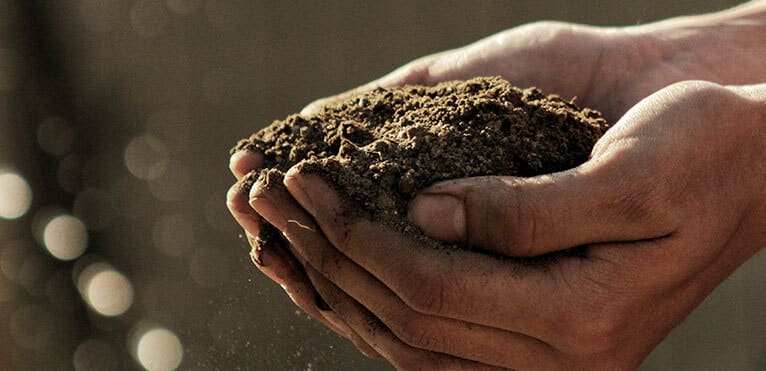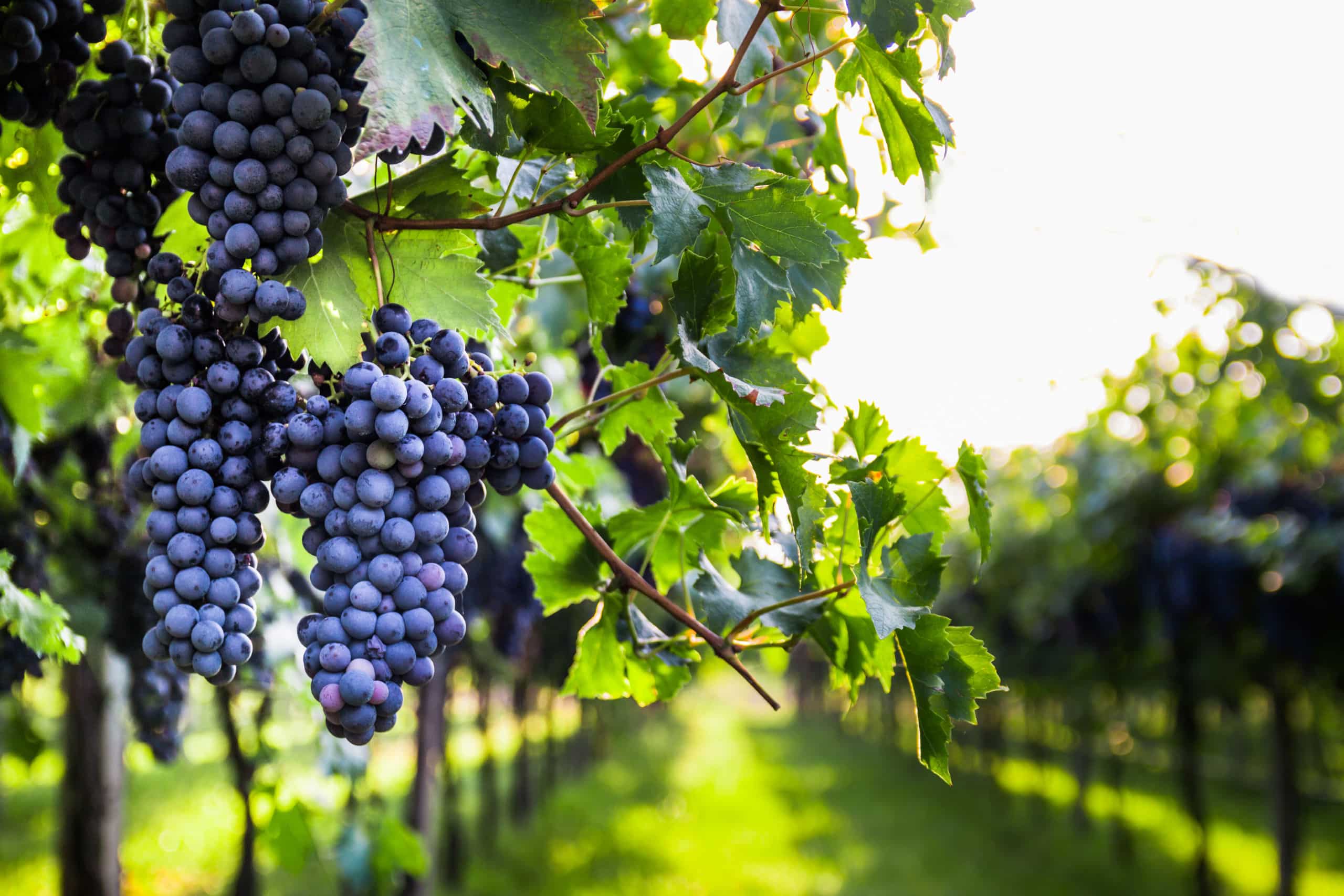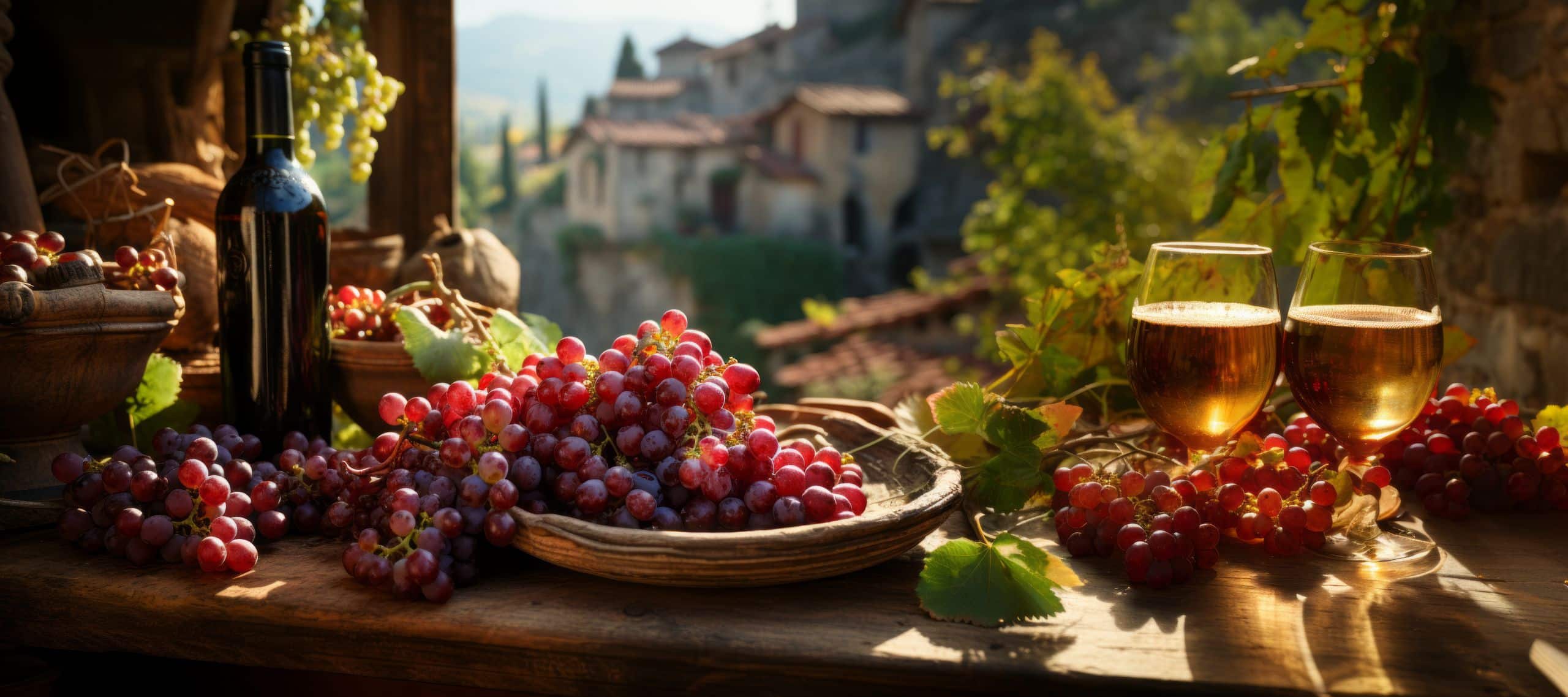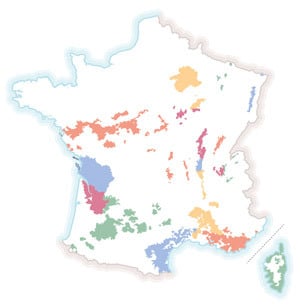
Contents
Wine, a unique beverage
What makes a wine unique? Why are there hundreds of thousands, if not more, of wines, all with different colours, aromas and properties? Even within a single vineyard, from one plot to the next, from one year to the next, no two cuvées are identical. Yet there are only 4 variables that explain this:
- The climate
- The floor
- The grape variety
- The winemaker’s know-how.
These four variables are what define a terroir, a soil that produces a homogeneous whole at the origin of a unique wine.
Soil, an essential element of terroir
Today, we’re going to focus on soils and their impact on the wines we produce. The soil is an essential part of the terroir, as the vines plant their roots in it and draw their energy from it.
Let’s take a general look at soils: they are the geological structure, the bedrock hidden deep beneath the vines. There are three types:
- Magmatic rocks are formed by the cooling of magma, either at the surface (volcanic rocks) or at depth (plutonic rocks). Granite, for example, is a volcanic rock.
- Sedimentary rocks are formed by the sedimentation over time of minerals, organic matter or other rocks. Limestone, clay, sandstone, marl, sand and their mixtures are sedimentary rocks.
- Metamorphic rocks result from the pressure exerted on magmatic rocks (e.g. gneiss) and sedimentary rocks (e.g. schists, better known as slate).
The taste of a wine depends on the texture of the soil, its chemical composition and its ability to filter and retain water or heat.
No soil is perfect for making wine. But if there were such a thing, it would be a soil made up of a layer of fine earth and a mineral-rich subsoil into which the roots can sink. If the vines are soaked in water, the development of diseases is favored: the subsoil must therefore be drained, but the rock must also be able to retain water so that the roots can reach it deep down.
Soil and vines
To understand how soil affects the taste of wine, we need to understand the interactions between soil and vine. To grow, vines first need water, which they obtain by planting their roots 15 meters deep. The more the soil retains water and lets the roots penetrate, the more the vines can integrate into it and feed on nutrients as they go.
Vines need nutrients as well as water to grow. The following nutrients are selected:
- Soil and surface organic matter.
- Nitrogen, derived from the degradation of organic matter, is used to produce green matter for plants.
- Minerals (phosphorus, potassium, calcium, magnesium, etc.). Potassium, for example, contributes to sap production.
- Trace elements (iron, copper, zinc, manganese, boron, etc.). Iron, for example, is essential for photosynthesis.
For example, two wines made from the same grape variety and grown under the same climatic conditions will not have the same aromas if they have not been grown on the same soils.
Take Burgundy and Oregon, for example:
The Drouhin family, a great name in Pinot Noir in Burgundy, owns Pinot Noir vines in Burgundy and Oregon. These two regions with the same climate and vines of the same grape variety could be expected to produce wines with the same characteristics.
However, the volcanic subsoils of the Willamette valley are totally different from the clay-limestone subsoils of Burgundy.
Some well-known soils and their characteristics
- Limestone
Covered by seas millions of years ago, the limestone soils that make up our vineyards today have been shaped by the activity of marine creatures, the slow fossilization of their shells and complex chemical reactions. Today, these soils form some of the finest vineyards in France. There are three major qualities that make up these great wines:
- Drainage of the water stress that vines need to perform at their best.
- Texture that allows roots to penetrate deep into the soil, providing rich nutrients that fuel the aromatic complexity of wines.
- A chemical structure that favors the acidity of the wines produced (freshness on the palate and balances the alcohol to make a wine for ageing).
These soils are home to the vineyards of Burgundy, Chablis, Champagne and Saint-Emilion. Tuffeau, a soft, porous limestone, is the perfect host for Sauvignon Blanc and Cabernet Franc in the Loire region.
Surprisingly, these 100% limestone soils are found almost exclusively in France.
- Clay-limestone soils
Rich and fine-grained, clay retains and is very often mixed with limestone to form a clay-limestone soil. It is also a cold rock that delays grape ripening. This soil is known for producing powerful, colorful wines.
Clay-limestone soils are found all over the world and are ideal for Merlot in Pomerol, France. In the rest of the world, it is used to produce Tempranillo (Spain in the Rioja and Ribera del Douero vineyards) or Sangiovese in Italy.
- Granitic territories
Granitic soils are made up of hard, fissured rock at depth, with a sandy structure on the surface. They have three characteristics:
- The ability to radiate heat during the day and then lower the temperature at night, which helps berries ripen while preserving their acidity.
- The disintegration of the parent rock releases minerals that are found in the wines produced.
- Cracks and the bedrock’s low water retention capacity force roots to penetrate deep into the soil.
In Beaujolais, these soils produce rather mineral wines made from Gamay grapes. Syrah is also found in the Rhône Valley, as are certain Alsatian grape varieties, and even in the vineyards of South Africa, where these soils have made the reputation of Stellenbosch Pinotage (Pinotage is a South African grape variety).
- The bass
Characterized by the many pebbles brought in by rivers, gravel has the ability to store heat during the day and release it to the vines at night. These soils are therefore ideal for late-ripening grape varieties such as Cabernet Sauvignon. They also made the reputation of the left bank of the Bordeaux region, to which they gave the name “les Graves”.
© Photo : Gabriel Jimenez / Unsplash




